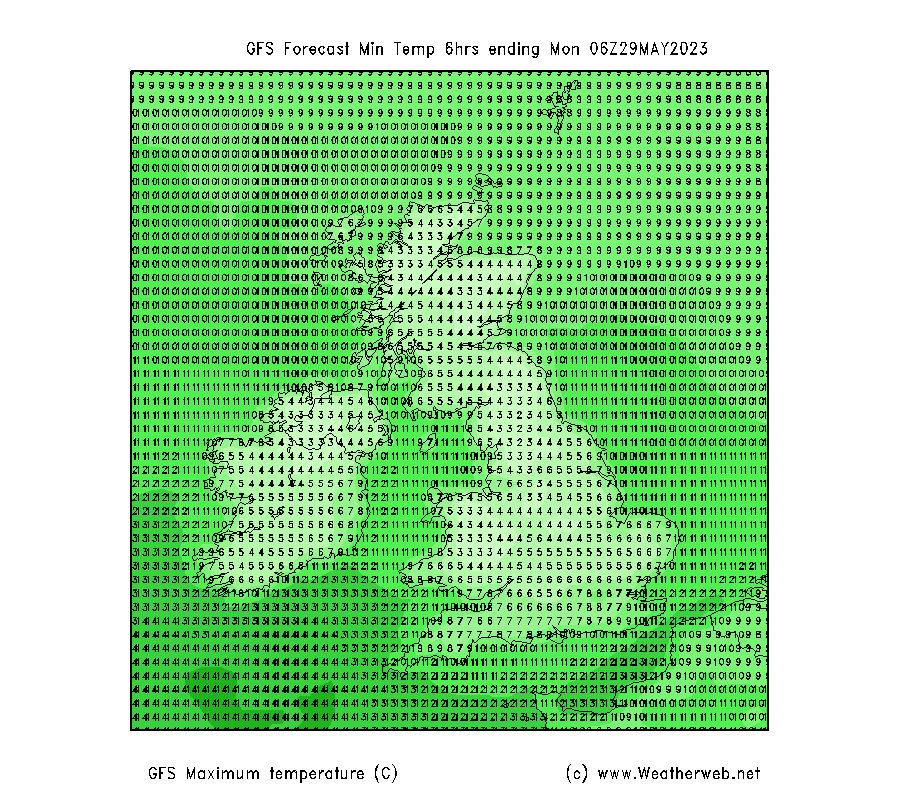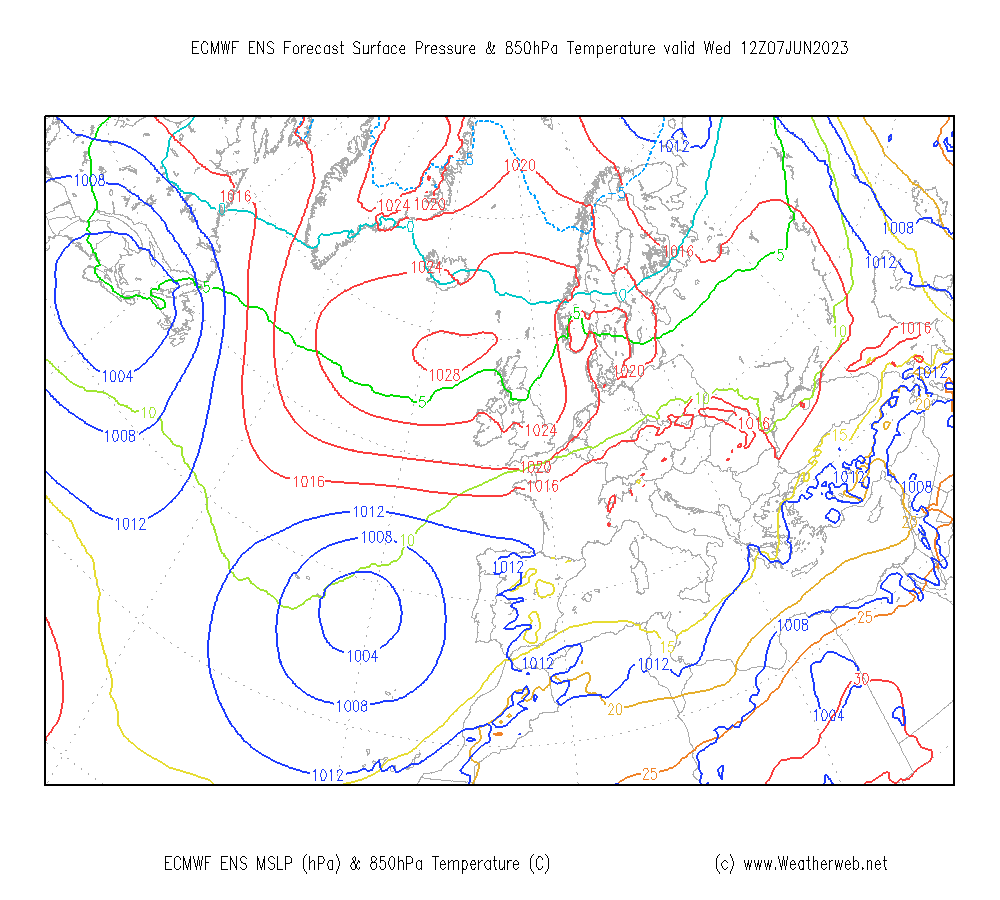Written by Simon Keeling from WeatherWeb
“The bloody weather forecast has changed again!”; how often have those words passed your lips? It’s a refrain that most in agriculture will be familiar with and is among of the most potent forms of frustration on the farm.
As forecasters, we hear that frustration too. Talking to farmers, growers and agronomists on our WeatherLive talk to a forecaster service, we all too often here, “When I looked at my app yesterday it said those showers would miss us”.
You know the routine; you fire up your weather app, enter your postcode, and hey presto! Out pops the forecast for your farm; but does it?
What do you understand about how that forecast is produced? Is it really for your farm? And is it really worth you placing any confidence in weather forecasts at all?
By understanding a little more about where the forecasts you read, watch or listen to are coming from, you can make a better judgement as to how your farm is going to be impacted by the weather in the coming hours, days and (yes!) weeks and months!
Allow me to explain.
App forecasts for my farm
One of the most amazing innovations in recent years has been the development of the weather forecast phone app. The idea of getting an hourly forecast for your farm is a very tempting one. It’s easy to be drawn in by sexy graphics and the implied accuracy of such predictions. However, one soon realises that all is not as it seems and the rain doesn’t arrive when expected and the forecast changes from morning to evening updates.

This is because the telephone app is actually only extracting information from data-points within a forecast model. That data point could be 20 miles from your farm, perhaps on the other side of a hill where climatic conditions are totally different. Entering a postcode to locate you is just giving the app a clue as to where to look for the nearest data.
Models update regularly (usually four times each day) and they cannot ‘see’ individual showers, or the tree line at the end of the field. These features can have a huge impact on a forecast and make the difference between your farm having a wet or dry day.
I would stress that this is not a reason to ditch the app forecasts, but it’s a reason to treat them very cautiously and to use them only as part of a suite of tools for making more accurate predictions as to the weather on your farm.
Alternatives to the app
Of course you don’t need to use phone apps to find out what the weather will be. There are many websites which will also present the data for your farm (or at least they claim to do that) and present it in an easy to use format.
The same caveats apply here; sexy graphics don’t necessarily mean better forecasts. Different runs of the models can produce widely differing results, and one should view the various updates as a matter of building confidence in the persistence of a forecast, rather than a single insight into what weather might ensue in the coming hours.
You will notice that the forecasts above are purely based on output from models. The wide variation in models is where human forecasters enter the story. Human forecasters should add real value and expertise to the forecast, being able to decide on which model, in which circumstances is likely to produce the most accurate story.

These forecasts are then presented on various websites and apps.
Weatherweb.net has been delivering forecast to farmers via email, phone and telephone conversations for over 20-years. We also operate our Weatherweb Premium membership service which gives farmers several video forecast each day from a few hours to weeks ahead as well as much more forecasting data.
Or check out our recently launched TFF Weatherweb channel at TFF TV. Here you will see out forecasters setting out the detail of what they expect the weather to be in the coming days, hours, weeks and months and, as importantly, justifying why they think the forecast will be as it is.
Building confidence
As I stated at the beginning of this article, the biggest frustration with weather forecasts occurs when they are constantly changing. All the user of the forecast wants to do is know that he or she can be reasonably sure that what is forecast will actually happen, and so the often expensive decisions made, will turn out to have been worthwhile.
Checking a forecast every few hours, especially in a changeable situation is a sure way to destroy any confidence we had in it.
Flitting between apps and models suggests that we are looking for the forecast we want to see.
In the medium to longer term (that’s beyond about 5-days ahead) we should be looking at the forecast once a day; if the forecast stays the same each day we look at it, then that’s a good indicator that we can be confident that is how the forecast will be.
For shorter term forecasts of less than 5-days, a look at the models twice daily should suffice. Again, if there is consistency then we can be confident in the forecast.
It’s also important to be aware of the weather situation and how the models handle weather. There is no way that a model can ‘see’ individual showers, and so the idea of using hourly forecasts for this is, frankly, laughable.
If more persistent rain is approaching then yes, it may be possible to predicted hourly as the rain system will be more widespread.
Applying these techniques to the forecasts you see will build your confidence in the information you are looking at.
Accepting the forecast may be wrong
Remember that when we try to forecast what the atmosphere will do next we are dealing with a chaotic system. Forecasting has advanced rapidly in the last few decades, but forecasts can still be spectacularly wrong.
As a forecaster there are times when I have to sit back and accept that the atmosphere will do what it will do and be unpredictable.
Despite trying my very best there are times when you think you have Mother Nature cracked but then she turns around and bites you in the bum!
As forecasters and farmers, we have to be ready for that!


